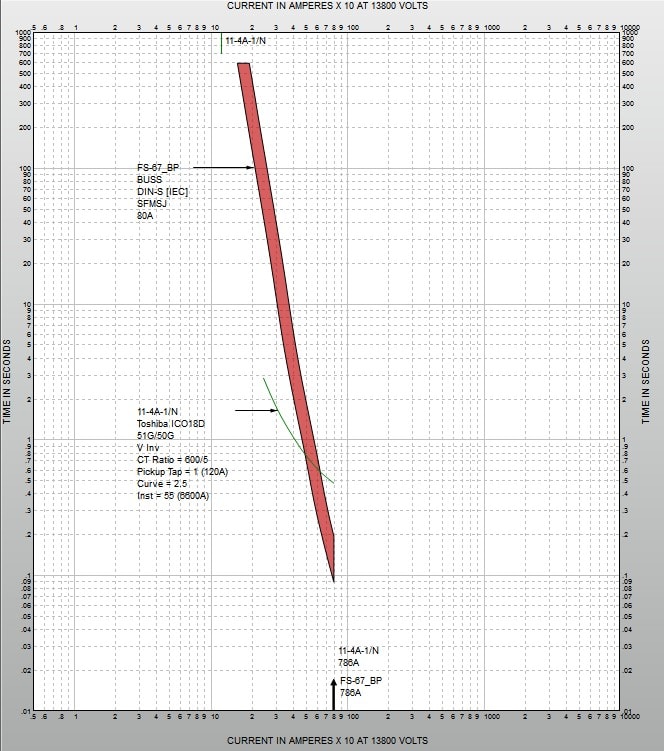anggapra
Electrical
- Jun 28, 2018
- 29
Hi All,
Is it possible for MV Fuse to have expiry date? I mean if one fuse surpassed it's expiry date/lifetime then it won't work properly.
Anybody have technical reference related this issue?
Thanks
Angga
Is it possible for MV Fuse to have expiry date? I mean if one fuse surpassed it's expiry date/lifetime then it won't work properly.
Anybody have technical reference related this issue?
Thanks
Angga

